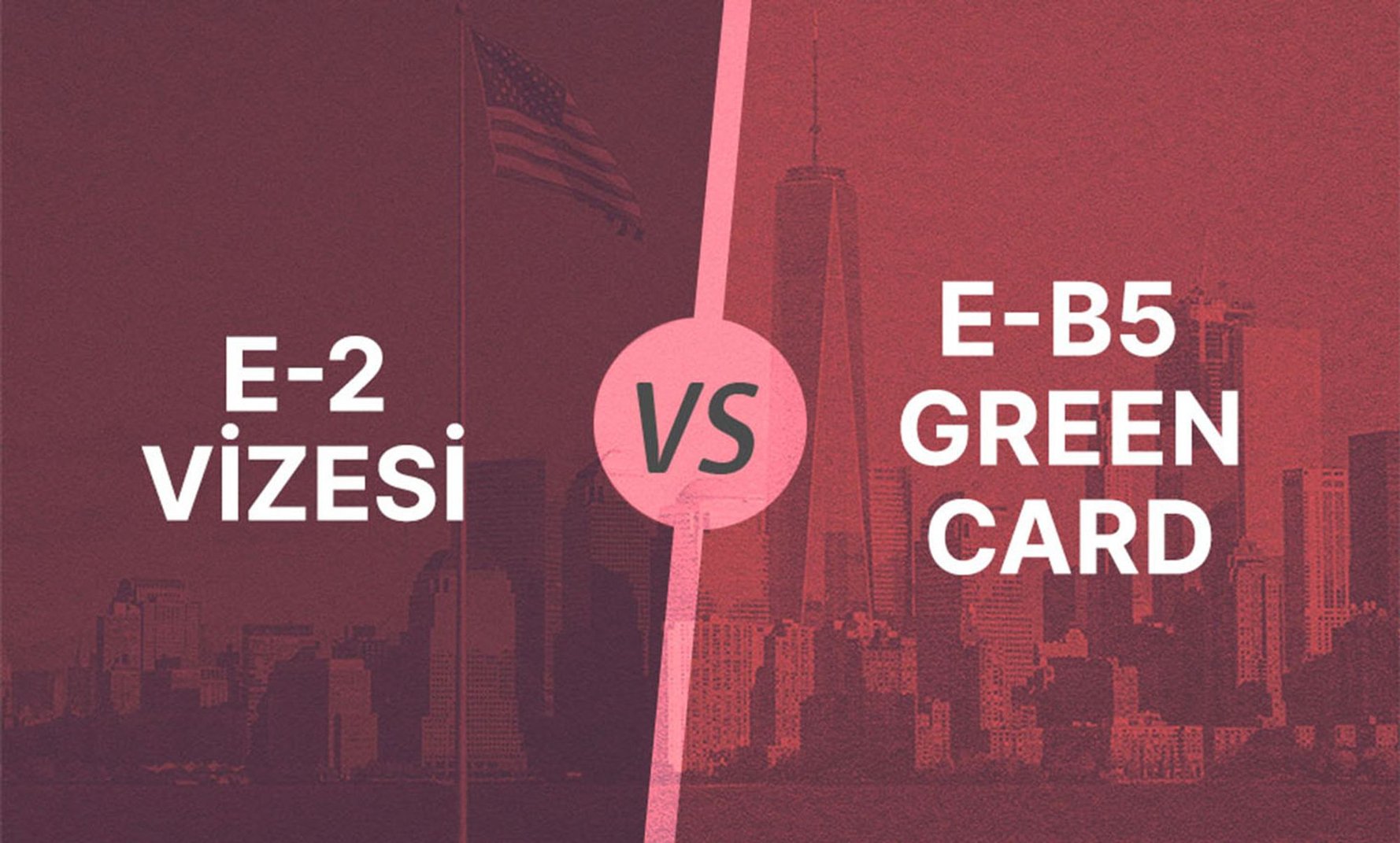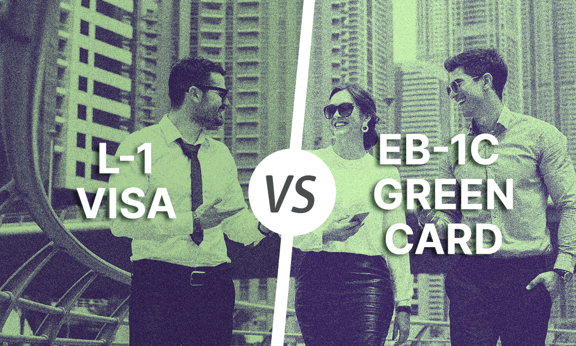People from all around the world prefer to come to the U.S as an investor to expand their careers. Since the U.S. is a major global force and one of the centers of start-up innovation, entrepreneurs see the U.S. as the financial potential to initiate and grow their business endeavors. The U.S. administration acknowledges the investment attraction of the country.
The government aspires to facilitate the flow of bright and conscientious individuals to the U.S. by transferring investment capital and innovative individuals. In addition, America targets the speedy growth and diversification of its economy. To that end, the U.S. provides entrepreneurs with various visas to legally come and work in the U.S.
Here in this writing, we will explore the E-2 Treaty Investor and EB-5 Green Card. There are the two most preferred investor visas that the U.S. issues for individuals with grand financial aspirations. Rather than defining each visa separately, we will discover their key differences and give you a framework that you could use to decide the best option for your business.
There are six significant differences between E-2 Treaty Investor Visa and EB-5 Green Card:
– While E-2 Visa is a nonimmigrant visa, EB-5 Visa is an immigrant visa. Eventually, EB-5 Visa provides permanent residency to its holders.
– As E-2 Visa is a treat trader visa, it requires the applicant to have nationalities from one of the treaty countries. But EB-5 Visa does not have such a requirement.
– The minimum investment amount is $1,050,000 for standard investments or $800,000 for investment in a commercial enterprise in a targeted employment area for EB-5 Green Card Visa applications. E-2 Visa applicants are not asked for a specific amount of minimum investment. Yet, it should be a substantial amount of capital.
– EB-5 Green Card Visa holders should provide employment for at least 10 people to be able to obtain permanent residence. E-2 Visa application does not require generating employment for other people. However, the applicant should prove that their work in the U.S. will make enough income to generate employment other than themselves and their family alone.
– E-2 Visa holders are limited to working in only the job field of E-2 Visa. On the other hand, EB-5 Green Card Visa holders can work in any field of work or for any company they like.
– Finally, the application processing time is faster for the E-2, with some applications being processed in as little as 15 days. Meanwhile, the EB-5 visa takes up to two years to be approved.

Eligibility for Application
E-2 Treaty Investor visa, as the name suggests, is only available for investors who are nationals of countries that have economic treaty agreements with the U.S. This is because the E-2 visa was designed to further the financial corporation of the U.S. and treaty countries via investor individuals. However, an EB-5 Green Card visa does not mandate such a requirement for eligibility. EB-5 Green Card visa is open to all, encouraging foreign investors to come to the U.S. For this reason, EB-5 could be considered a more inclusive visa option.
To find out if you are eligible to apply for E-2 Visa, visit the website economic treaty agreements.
The Minimum Investment Amount
As the investment amount is the primary source of entrepreneurs, the amount could be the essential difference between E-2 and EB-5 requirements. Possibly to many investors’ benefits, there is no fixed investment amount for E-2 eligibility. Instead, the calculation of the amount depends on various factors such as the investment sector, state, and the scope of your business.
Unlike the E-2 visa, the EB-5 Green Card dictates predetermined amounts for eligibility depending on the location of the investment. For example, if the investment is going to be made in an area with low employment, the minimum amount is $800K. These areas are called Targeted Employment Areas (TEA). The government encourages the people to invest and build businesses in these areas to increase the employment rate. For example, The City of Los Angeles is one of the TEA. The city requests the applicant to submit the number of employment in their application document. On the other hand, if the investment is in a location with a low unemployment rate compared to the national average, the minimum amount required is $1.050,000 million.
To learn more about the E-2 Visa investment amount, read the article on our website.
Employment Creation in the U.S.
This is another crucial requirement difference you should consider with care and attention. The EB-5 is a government green card program that aims at the “stimulation of the U.S. economy through job creation and capital investment by foreign investors. Therefore, EB-5 green card holders must produce at least ten full-time employment for qualifying employees. Qualifying employees can be U.S. citizens, permanent residents, lawfully residing non-immigrants, etc. Even though the E-2 visa also targets the growth of the U.S. economy via foreign investors, there is no employment creation requirement for eligibility. This difference might make the E-2 visa more convenient for entrepreneurs who start their financial careers in investment, as there is no pressure to create public benefits.
The Validity Duration
This might be the most significant advantage of the EB-5 Green Card compared to the E-2 visa. As EB-5 is a green card visa, it allows for permanent living and working in the U.S. Once you are an EB-5 green card holder, you also become eligible for U.S. citizenship after five years. On the other hand, an E-2 visa is a non-immigrant worker visa and only allows for a maximum of 5 years of living and working in the U.S. Even though E-2 visa extensions are limitless, being on an E-2 status nevertheless means more paperwork and fewer government benefits. This is an essential difference you should consider if you plan to establish your life in the U.S. long-term.
While you apply for both E-2 and EB-5 Visas, you can also apply for your dependent family members. This means your spouse and children also come with you to the U.S. The spouses and children (under the age of 21) can work and study in the U.S. after they obtain the necessary documents.
Both E-2 Visa, and E.B.- 5 Green Card have their advantages and disadvantages. The correct visa option for you entirely depends on your plan, which entails financial goals, family life, country of origin, and many more. In that regard, it is critical to wisely articulate both visas and make an educated decision as to which path you wish to take.
LET’S GET YOU AND YOUR BUSINESS TO THE U.S.
If you are seeking cutting-edge legal consultations, guidance, and companionship throughout the application process of your visa choice, please don’t hesitate to contact the experienced lawyers of Grape Law by sending your questions and/or inquiries to info@grapelaw.com or scheduling a face-to-face case meeting via our website.
Categories












